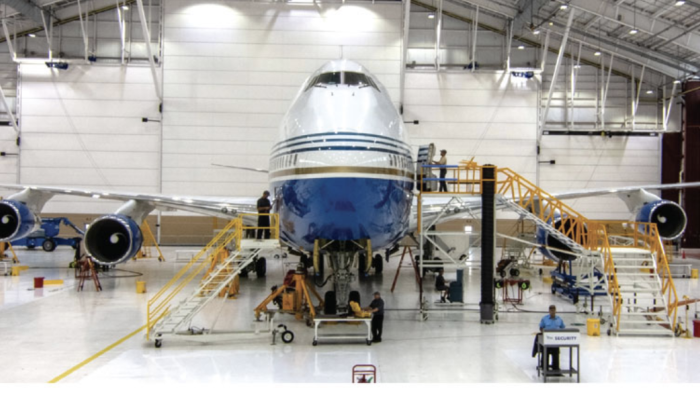A recent FAA Safety Alert for Operators (SAFO) is warning about a potential installation issue with reversing levers (beta arms) and related components on Pratt & Whitney Canada PT6A engines. The SAFO advises maintenance personnel and facilities to verify that the beta arm and guide pin are correctly installed, and, if not, fixed.
The SAFO stemmed from the investigation of a 2015 accident in which a Beech 1900C crashed after losing propeller thrust during takeoff. Both pilots and two passengers died in the crash. The Part 91 repositioning flight was the first since the replacement of the left engine propeller with an overhauled propeller on the Beech regional turboprop twin.
“The accident investigation revealed a safety issue concerning the possibility of incorrectly installed reversing levers (beta arms) and related components in PT6A engines,” the FAA said in the SAFO. “If the beta arm is not installed and positioned such that it is secured under its guide pin, the unsecured linkage could release oil pressure in the beta valve and cause uncommanded travel of the propeller to the feather position.”
During its investigation, the agency discovered five events involving incorrect positioning of the beta arm in a PT6A engine and each occurred within 100 flight hours after maintenance of the beta arm or related components. In one case, the guide pin was installed backward.
One operator welded a tap to the top of a guide pin, making it physically impossible to incorrectly install the beta arm over the guide pin, the FAA said but added the operator acknowledged this would not prevent an intentional reversal of the pin.
Warnings in aircraft maintenance manuals vary depending on the make and model of the aircraft. But Pratt & Whitney Canada issued a service letter in March 2016 (PT6A-239R1) “Reversing lever guide pin bracket assembly,” to alert operators about the hazards of incorrectly installed propeller beta arms. P&WC also has revised the PT6A engine maintenance and overhaul manuals.
However, both the FAA and the National Transportation Safety Board remained concerned about the issue, prompting the FAA to move forward with a SAFO. The maintenance inspections, the FAA said, “should not only detect errors but also heighten awareness in the maintenance community about the importance of properly installing the beta arm and guide pin.”







